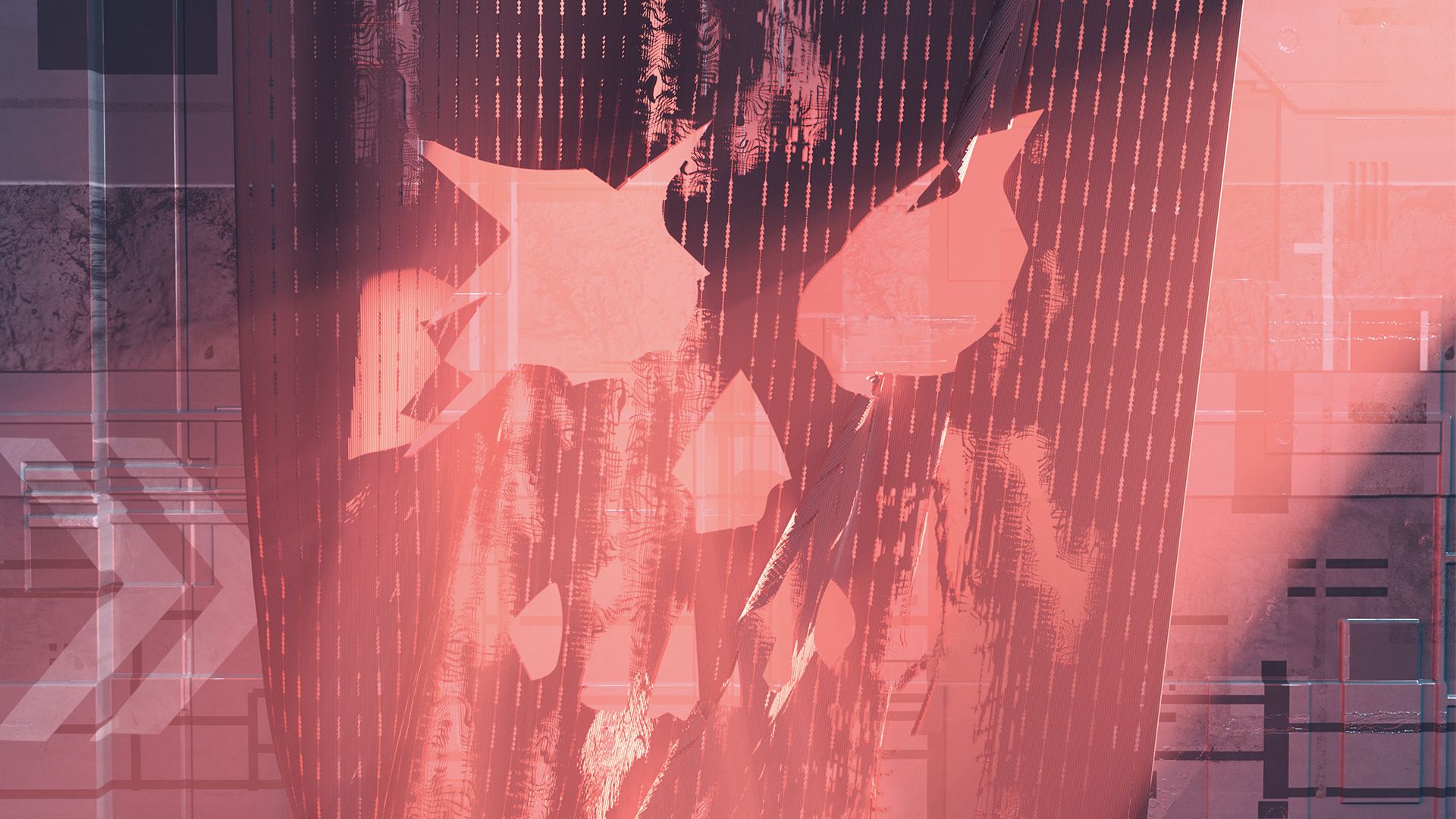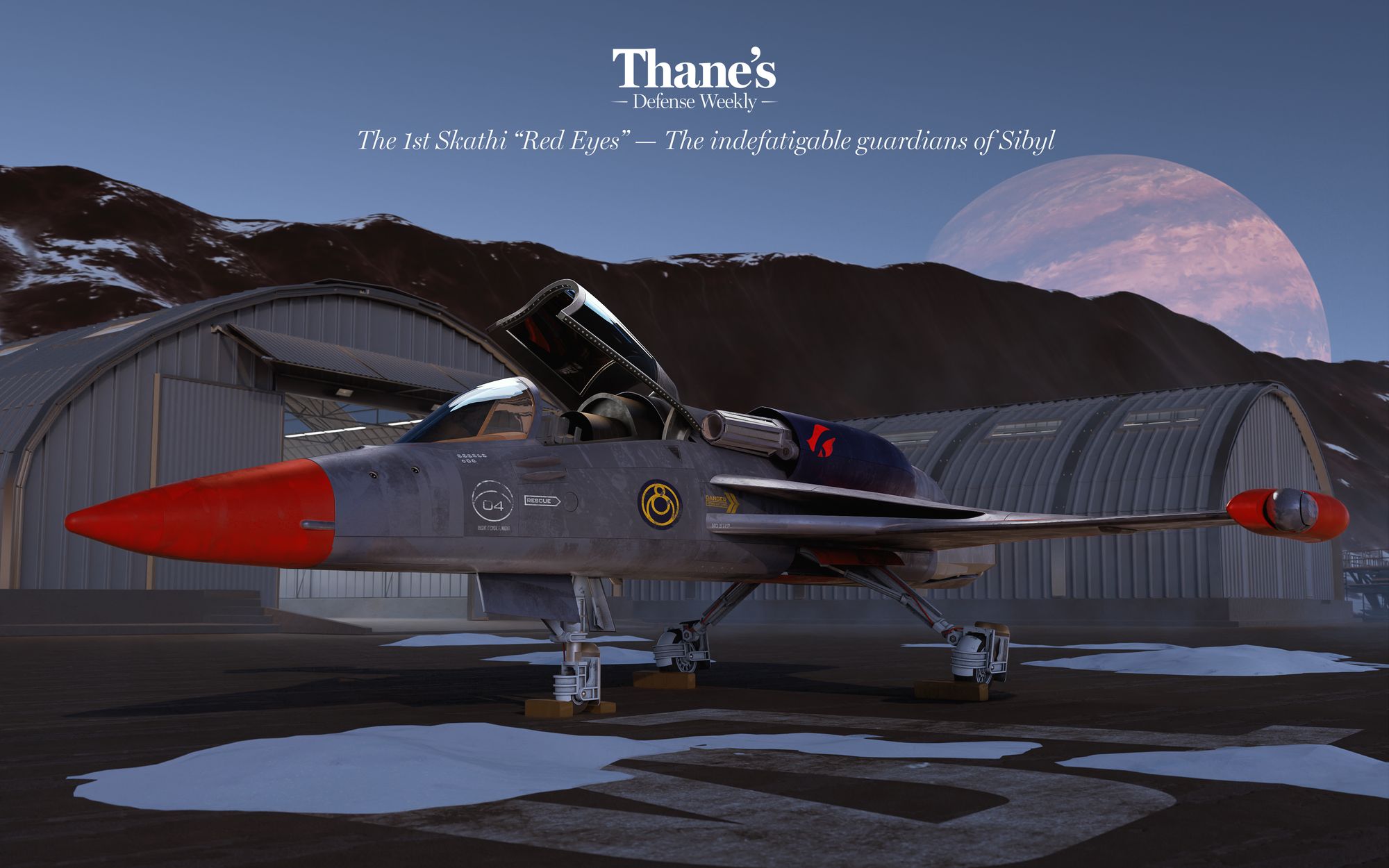Piracy pre-FTL
After the initial chaos of the first centuries of spaceflight subsided, policing the tradelanes of The Bary became a mundane task. Because optimal, brachistochrone trajectories were known by anyone with a standard astronavigational computer, and slingshot maneuvers commonly used to save fuel were easy to both plot and track from afar, convoys and trade missions could always be both well-planned and well-guarded. Piracy, once a challenge for corporations and state navies alike on the high seas of ocean-baring worlds such as Maridea, Castor, and Pollux, became a mere nuisance for any interstellar convoy with a modicum of armed escort. Violent illicit activity in outer space was largely confined to the planetary spheres of influence of the least populated worlds and a few scattered outposts, asteroids, and ancient debris fields.
At the first Interstellar Congress, the Empyrean Commonwealth offered the other Barystates a generous and momentous gift; strings attached. By nature of their vast size and engine efficiency, the Commonwealth-built Titan-class megafreighters opened up trade to anyone with a little patience for receiving foreign goods, still oftentimes measured in years. Ferrying over a megaton of varied sealed, containerized, bulk, and even organic freight, Titans would prove invaluable to every soul up and down the economic ladder. They gave desolate worlds like Sibyl and Sebek room to grow, and in return the garden worlds such as Maridea and Leire received unique alloys like erudium, durable goods and manufacturing supplies, and even hardier breeds of livestock. Cultural exchange and the trade of consumer goods flourished. Immediately recognizing the significance of these majestic vessels, the recipient Barystates began attaching flotillas of escort cruisers to them, just to be absolutely confident of their safety crossing the deepest depths of the void.
But despite cutting the costs of shipping dramatically, the Commonwealth’s new monopoly on deep space trade unsettled many entrepreneurial interests. Titans to this day remain solely built by the Commonwealth. They spend most of their time traveling through Commonwealth space. Moreover, the inscrutable but honest Empyreans quickly became a reputable escrow partner for international transactions of all kinds. All these factors bestowed Titans with priority protection from the four respective navies of The Bary, and left private interests that wished for more discretion in their business affairs alone to fend for themselves.
A short-lived spike in piracy was seen on these much smaller convoys, but the fundamentals of deep space travel remained the same: even an unknown vessel floating cold could be spotted long in advance of any strike. It wasn’t necessarily difficult for private interests to solve a gap in security by adding a bit more gun. Mounted CIWS and small stores of strike craft or simply missiles alone could be very effectively utilized in light interception and small convoy defense. Moreover, the big guns of the Barystates were never truly that far away. The prevalence of standard trans-Bary merchant routes meant that all five Barystates were proactive in defense of shipping, the universality principles of law and order presiding in deep space.
Then, The Anomaly occurred, shrouding large volumes of space throughout The Bary and beyond in an abyssal hollow stranger than space itself.
The shattering of known space had two effects, one instantaneous and one that took some more time to be realized.
What few freebooters remained immediately found far more places in which to hide themselves and plot a strike, given that no conceivable sensor system has line of sight through The Anomaly. In the years following Detonation, their success and notoriety increased rapidly in a way not seen since the many varied Ages of Sail. Some voidfaring buccaneers earned legendary reputations as Voidseers, people who were said to have a seemingly innate ability to “feel” the twists and turns an inky column of Fahrid filament would make. Marauders once sparse and disorganized began coalescing around these personas, leading to the larger pirate factions that would soon become powerful forces for corporations and even the Barystates themselves to contend with.
Piracy post-FTL
Ironically, it was the smaller independent merchant flotillas who became more or less immune to surprise pirate raids in the decades after The Anomaly. Once the FTL implications of Lambda lanes were realized, more modestly sized transports would also see renewed relevance in freight given some adjustment time, as their superluminal speeds were faster than that of a Titan, and they continue to be in all respects more nimble and self-reliant in STL transit. Although Titans remain the cheapest way to move goods between star systems, they are no longer clearly the superior option.
Frequent small skirmishes between the Barystates and the military surplus dumped into the interstellar economy shortly after the first FTL flight proliferated new, jury-rigged strike craft cobbled together from wide varieties of parts. By virtue of their compact size, fighters, bombers, sloops, and cutters have always been the cheapest voidborne military units to manufacture, the easiest to maintain, and the lowest profile. Growing pirate gangs proved surprisingly adept at knocking together their own re-factors from spare and salvaged parts, increasing the power and usefulness of these voidcraft relative to their volume.
As The Bary’s deep space economy began to rely on hyperlanes to maintain the very fabric of interstellar civilization, the burgeoning pirate families, cabals, and cartels found new opportunities to take whatever they wanted, whenever they wanted, with near impunity. Noting the success of Feronian and Sibylean interdictor guilds around planetary volumes at curbing illicit atmospheric trafficking, the Barystates returned to an old idea: the letter of marque. Interdictors, already heavily regulated militia-like freelancers adept in both combat and search and rescue, were an excellent foundation for re-introducing privateering to the adventuresome few who would risk life and limb for big money. Governments offered surplus military hardware, Stardust, erudium, and financial support upfront to guilds throughout the system to expand their activities. For those who were particularly successful, reward structures were soon systematized. First salvage rights, equipment discounts, and lucrative government contracts awaited. Several guilds soon spun off into full private military corporations.
Pirates seized the opportunities afforded by The Anomaly to rebuild their presence in space with toil and a not insignificant amount of bloodlust. Privateers, many still green but arguably better equipped, soon awaited them in equal measure. Within a couple of decades, just about every shipping company would contract out for protection along their hyperlane plots.
As an aside, in many cases the Barystates would begin to ease policing on the possession of voidborne weaponry, even on vessels not licensed to PMCs, privateers, or interdictors. The logic was unpleasant but sound, in that pirates were becoming ever more aggressive in the face of armed escorts, and a civilian transport would rarely escape an altercation completely unscathed; engines, radiators, and comms are all prime targets for disabling blows. Although armed vessels are more likely to be seized wholesale for their weapons, greater pirate factions were also beginning to manufacture their own weapons rivaling the destructive power of those found on corvettes and frigates. Escalation seemed necessary at the inflection point where heavy arms control had begun to founder. Moreover, the expense of these weapons, their operational complexity, and the limited environments in which they can function would continue to keep them out of the average citizen’s hands.
Risk and Reward
The best way for a civilian captain to avoid confrontation is to utilize strength in numbers. Hyperlanes are routinely mapped and updated by varied transit authorities, and a number of these cosmic highways are densely populated and guarded. With accurate mapping, some careful calculation of ship mass upon hyperlane ingress (fuel utilization being a prime factor), precise timing, and a little friendly coordination with other vessels, a navigator and their captain can be almost entirely certain of their safety along these busier routes.
Then there are peripheral hyperlanes. These are analogous to trade winds in the olden days of sail. Sometimes they are just too beneficial to ignore.
Hyperlanes are not monolithic blobs; they shift through space, grow, shrink, and sometimes split into tendrils. These unstable branches are not accessible directly from the main cavity, which always shunts vessels into the core, similar to the roots of a tree feeding nutrients up the trunk. But a venturesome captain may decide the risk is worth it. Taking a peripheral route requires disengaging from hyperspace early, jaunting through a gap in normal space, and re-entering through a branch. This can theoretically have time-saving benefits. Hyperlanes — including their tendrils — are particularly attracted to gravitational sources, stars and planets alike. Trunks tend to be bound to stars, but an auxiliary lane of lower mass may push a daring crew to an outlying destination faster by ejecting them much closer to a more useful celestial destination, say, a planet or moon.
The circumstances around peripheries are unpredictable. Privateers and pirates alike tend to lurk in the space between where they are found, but no one should ever expect a dashing privateer to swoop in and save the day. Of course, space is big, and it is equally possible for a civilian crew to find clear sailing in these proverbial waters. Whatever the outcome, it is best to be prepared.
Threat Mitigation
No one likes being shot at, whether or not it’s personal.
Active reconnaissance upon hyperlane egress is highly advisable for a transport making its way to a periphery. This includes sending probes out in strategic patterns to unveil blindspots such as the opposite side of a lane or a passing comet. If any probe returns with surveillance of threats, or doesn’t return at all, that’s a damn good reason to not make the jaunt to the periphery. Flights of fighters are also helpful for this purpose, if the freighter or its escort is equipped with them.
Ransom is rarely agreed to, and much more rarely paid. Cops, robbers, and victims alike know this. There is little reason for most trader captains to surrender their vessel short of finding themselves hopelessly outgunned facing certain death. Worse comes to worst, the compelling law of the void grants all voidfarers the legal wherewithal to defend themselves against attack or extortion. Smaller pirate gangs tend to be more interested in seizing vessels whole, as a stolen ship in working order and full of goods is much more useful than one blown to pieces. They may attempt deceptive schemes or disabling attacks, in which case armed guards trained in zero-g small arms combat can shrug off an ill-planned boarding and takeover attempt.
In recent years, coagulating pirate outfits have been observed wielding torpedoes and other anti-capital grade weaponry. Swinging a big stick around can be as effective a persuasion as using it. But to military analysts, when big guns are paired with the aptitude these groups have shown in salvaging logistics, it seems clear that the mode of operation for these larger pirate cartels is increasingly to blow vessels apart without mercy and scrap what remains. As the escalation of deep space warfare continues, it has made protective packages like ECCM, CIWS, and fighter wings all the more crucial for any convoy roughing out the wildest volumes of space.






